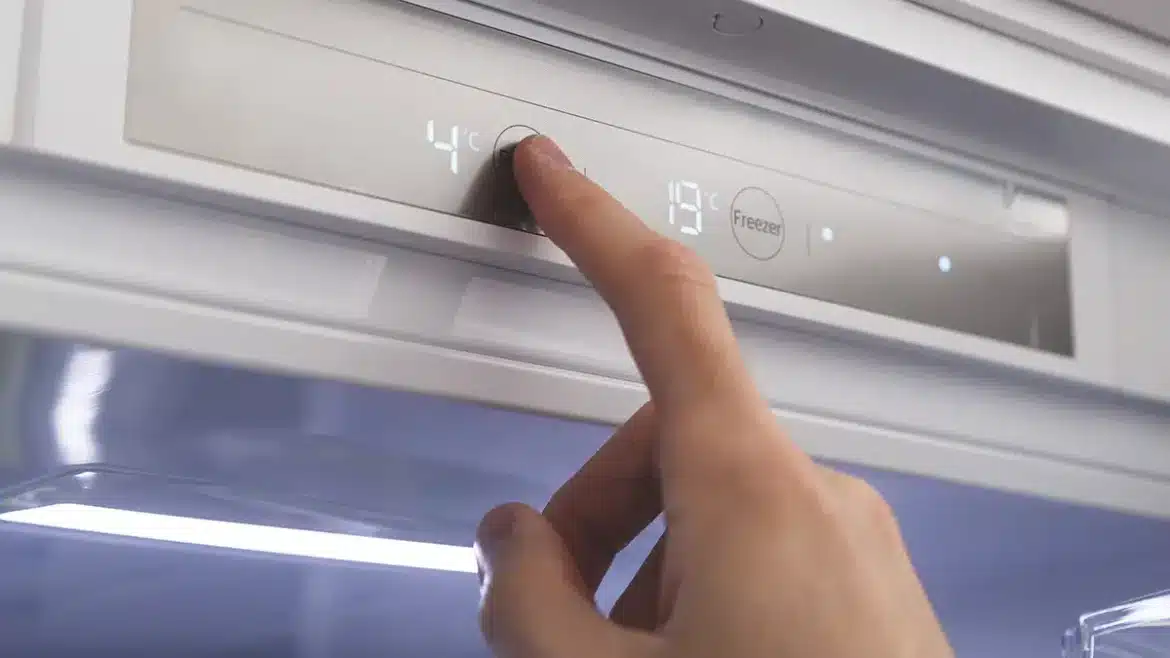Table of Contents
Do you know your exact refrigerator temperature Celsius? We’re guessing not. There are many people who do not take care of their refrigerators and hence do not know the ideal working temperature for their fridges. And what happens is that all the fresh food inside your fridge starts going towards spoilage and the rest is history. Just like how long your refrigerator survives and how its shelf life depends upon its maintenance, you must have an idea of what is the perfect cooling Celsius for your fridge or freezer. As homemakers, you must all know that this home appliance makes all your eatables fresh and odor free. Therefore, to keep its temperature maintained at all times you must first understand how this temperature thing actually works. Let’s unlock this cold mystery together avoid our veggies from all kinds of spoilage!
Refrigerator Temperature Celsius
Summertime usually calls for cool beverages and some cold ice cream and food storage to keep it fresh and alive. Now how is all this made possible? Yes, you guessed it right; A refrigerator. However, more than anything your refrigerator needs to be working properly. Whether to take an expert advice or just fix your fridge and freezer with easy diy home maintenance solutions, it’s really up to you. Just like that you need to have the exact idea of your refrigerator’s temperature in Celsius. Let’s find out how to keep it cool!
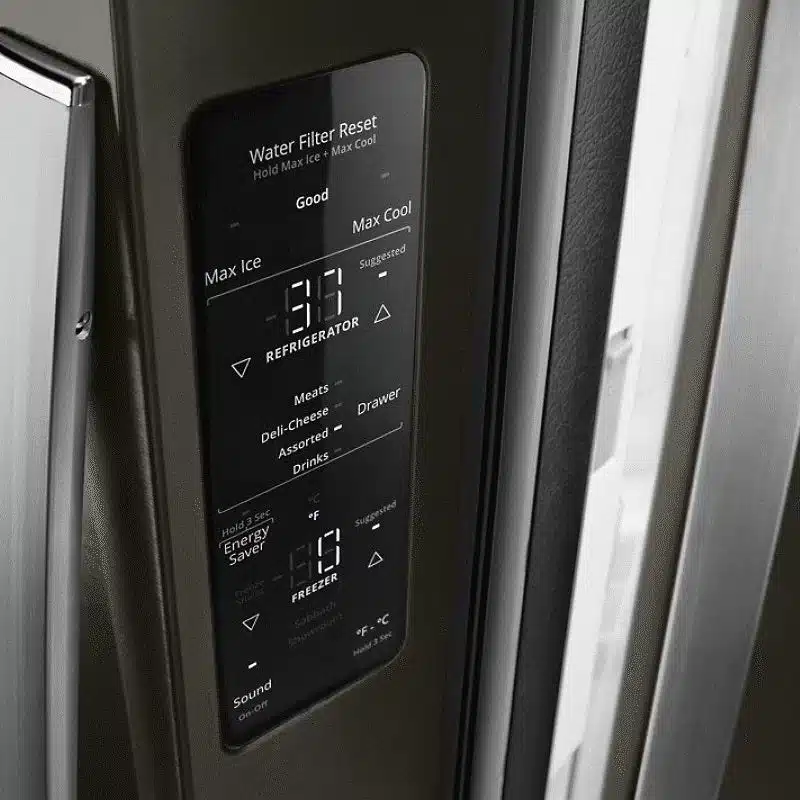
What Should be the Ideal Celsius Temperature for the Refrigerator?
Food safety and freshness depend critically on the right refrigerator temperature. Celsius’s perfect refrigerator temperature falls between 2 and 4°C (36 and 40°F.). Maintaining this range reduces bacterial growth and helps your food stay fresh, lowering the danger of food deterioration and freezer burn.
- Perfect Temperature
2–4°C (36–40°F)
- Prevent Food Spoilage
Maintaining food freshness and lowering bacterial development helps prevent food spoiling. - Avoid Freezer Burn
It guarantees that even cooling helps prevent freezer burn. - Measure Precisely
Verify the right temperature with a thermometer for refrigerator temperature celsius.
Adjusting the refrigerator temperature celsius keeps your food fresh, controls temperature swings, and maximizes energy use. To maintain the perfect temperatures for effective and safe food storage, routinely check and change the settings of your refrigerator and freezer.
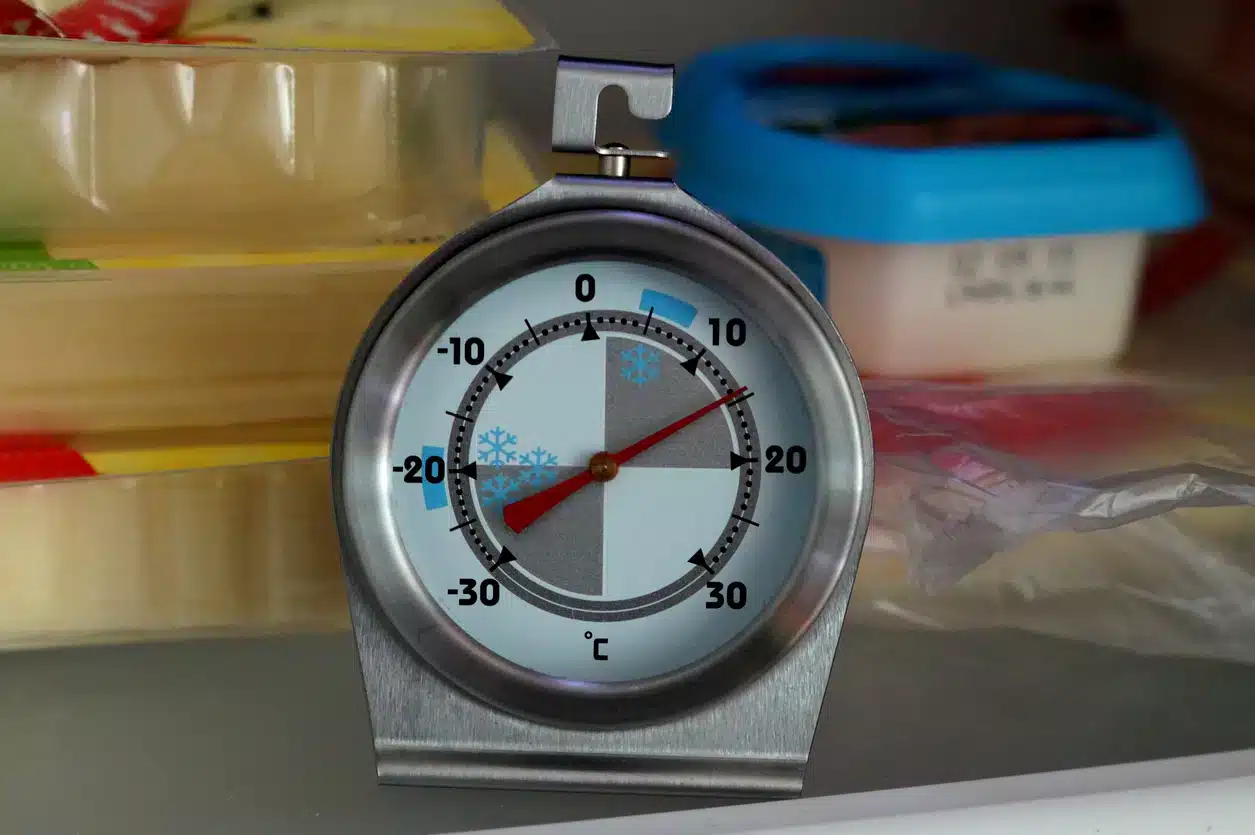
Measuring Your Refrigerator’s Accurate Temperature in Celsius
Maintaining freshness and safety in your refrigerator depends on precisely measuring its temperature. And keeping refrigerator temperature celsius. Let’s understand how we can do that!
Choose the Right Thermometer for Refrigerator Temperature Celsius
- Pick the correct thermometer, one made especially for refrigerators. For temperature fluctuations.
Proper Placement
- To acquire a representative average reading, center the thermometer in the refrigerator.
Allow for Stabilization
- To guarantee a steady and accurate temperature reading, wait at least ten minutes before checking.
Consider Multiple Sensors
- A thermometer with several sensors ensures they are sufficiently separated to prevent erroneous readings caused by localized temperature changes.
After you get the refrigerator temperature celsius reading, change the thermostat, refrigerator, or freezer’s temperature. Frequent inspections help preserve food in safe temperature. Periodically calibrate your thermometer to guarantee it gives accurate readings across time.
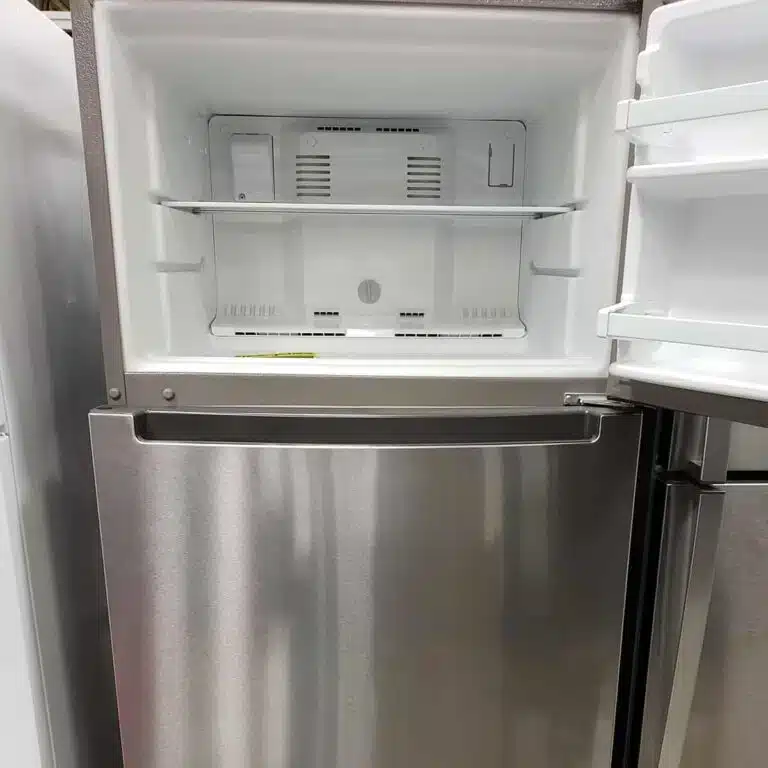
Some Tips to Keep Your Freezer Cool
- Clean the condenser coils found at the rear or underside of the freezer often. Dirt can affect performance and impede heat release.
- Maintaining the Door Closed: Reducing fridge door openings helps to prevent warm air from entering the freezer, lowering its temperature. Also make a temperature chart.
- Verify the Correct Airflow: Try to avoid crowding. Arrange objects so air may move between them, preserving a consistent temperature.
- Seals: Check and clean the rubber seals surrounding the Door to guarantee they are intact and thus preserve cold air within.
- Avoid Heat Sources: Store the freezer far from heaters, dishwashers, or ovens that can raise its temperature.
- Correct Temperature: See the manufacturer’s recommendations for ideal thermostat settings in refrigeration.
- Frequent cleaning of the freezer helps to avoid bacteria and guarantees food safety.
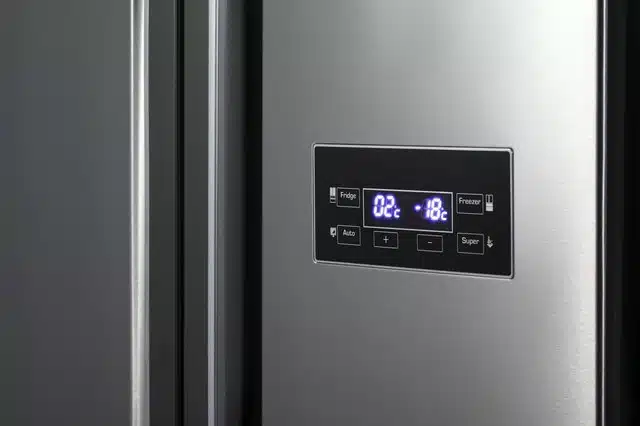
Final Thoughts
As we finally conclude; food safety and quality depend on maintaining the ideal refrigerator temperature expressed in degrees Celsius. To guarantee that your food stays fresh and reduces food deterioration, keep a typical refrigerator temperature celsius of 4°C (39°F.). The best temperature for your freezer is about -18 degrees celsius (0°F), which stops freezer burn and maintains frozen food fully preserved. Check your refrigerator’s and freezer’s temperature logs often to prevent temperature swings from compromising freezing food cold storage. Following these rules and precisely adjusting your normal freezer temperature helps you to protect your food and maximize energy consumption.
In conclusion, to ensure your food stays safe, and your appliance runs at maximum performance, keep an eye on it and change your temperature settings to maintain the running efficiency of your refrigerator and freezer. Up your cooling game with Celsius temp!
